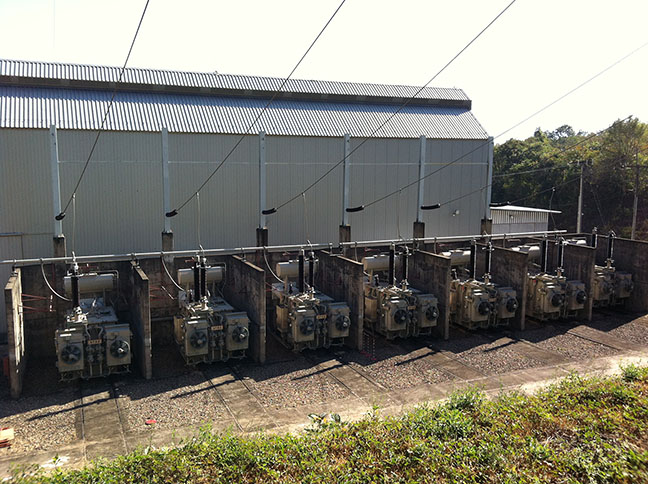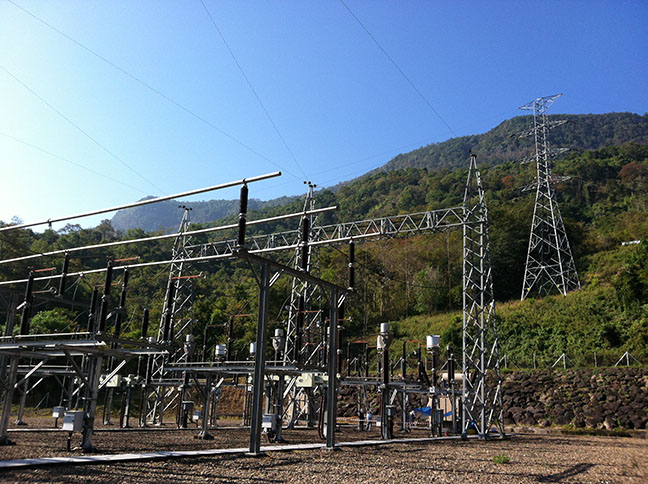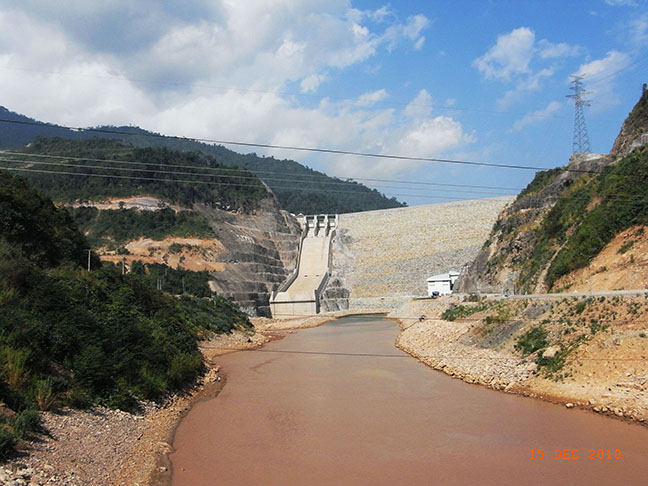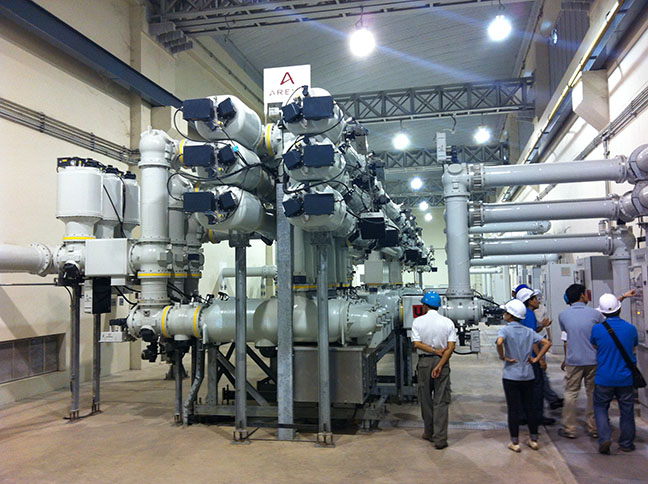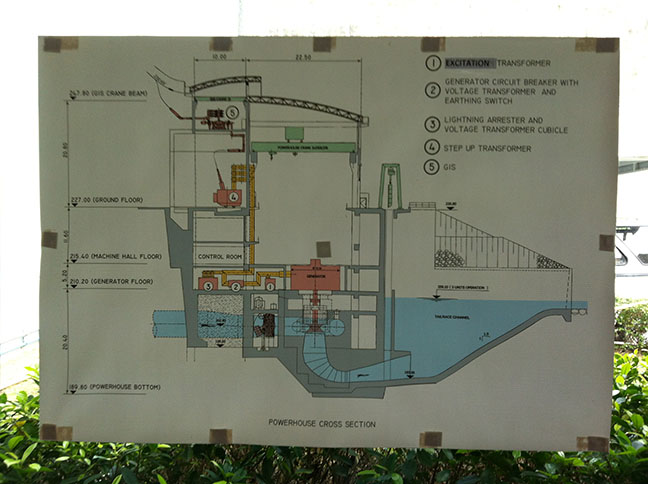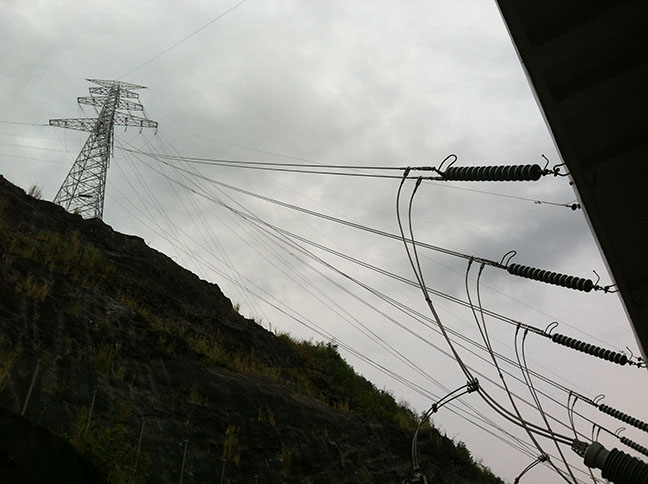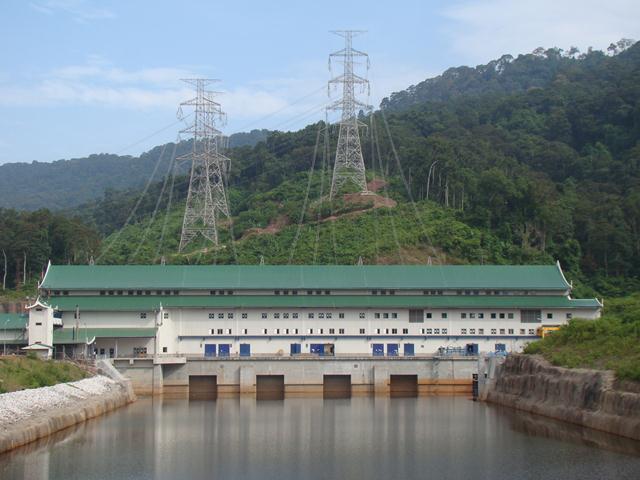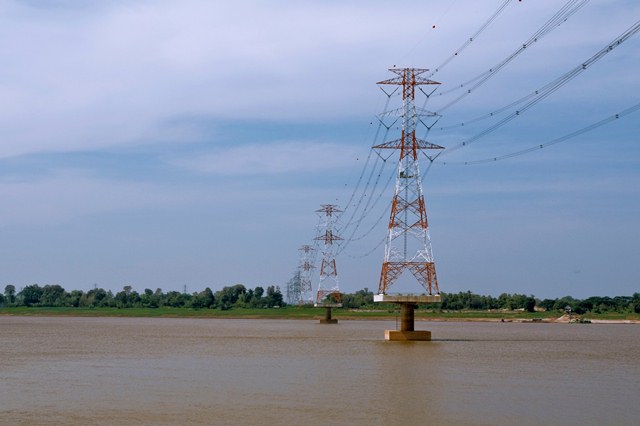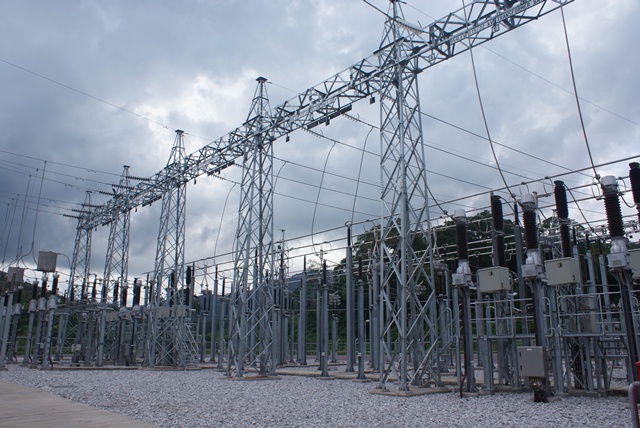1.1 What is a market?
In the first video of this MOOC, we start from the very beginning. This video will dive into fundamentals of what defines a market in terms of micro economic theory. What really is a market other than a location to trade produce? Where is this location? What is the produce? Who is it that does the buying and selling?
Market types in energy markets
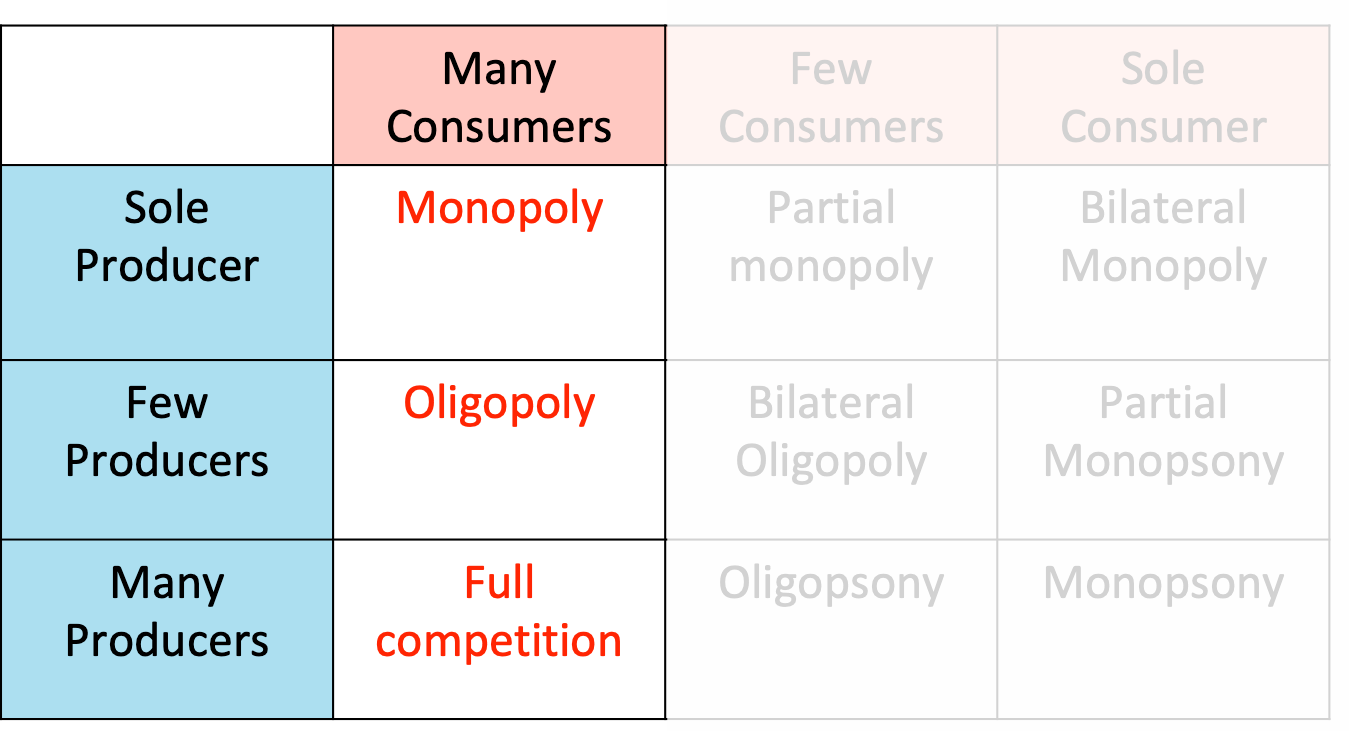
The table above displays a summary of what we saw in the lecture. The video specifically discussed three types of markets: monopoly, oligopoly and competition. However, all of these cases only look at markets with many buyers. It is also possible to have markets with fewer or even just one consumer. These will not be discussed further in this course, but it is important to note.
As you already know, this is a course on energy markets. So why is all this information relevant? Well, it is important to know what types of markets are mostly theoretical here and which ones we see in real life when applied to energy markets.
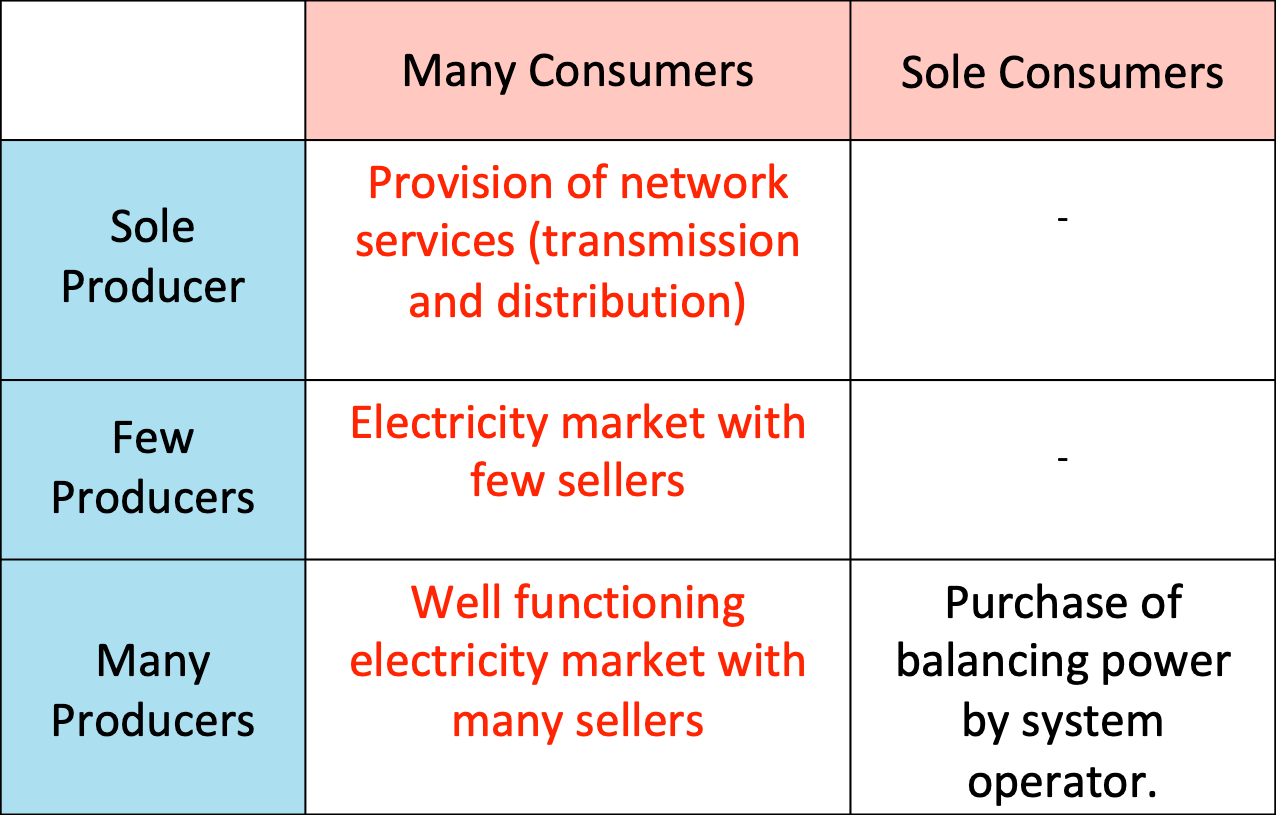
Theoretically, the electricity market in Europe is open for competition. It has many producers of electricity who sell on the market alongside many consumers of electricity. This is the political objective for many countries. In real life, however, there may be a lack of self-sufficient producers. In this case, the market will start to take on the characteristics of an oligopoly.
This accounts not only for the electricity commodity market but also the sale and consumption of electricity. However, we must also look at the network services, used for the transport of electricity from the production facility to the consumer. The energy network is a monopoly. Each European region has just one provider of the transport service.
Later in this course, we will look deeper into electricity networks and thus deeper into the functioning of a monopoly market alongside the competitive nature of the electricity market itself.



